Hypnobirthing is often associated with hypnotherapist Marie Mongan and her trademark, 'HypnoBirthing' with a capital ‘B’ and a capital ‘H’. But the origins are not quite so straight forward. There was, in fact, a tug of war over the term hypnobirthing during the nineties. Michelle Le Claire O’Neill, a clinical psychologist was also using the term hypnobirthing at a similar time, so no one individual was able to register the trademark for it. Many people started using the term to describe birth preparation classes that used hypnosis.
Marie Mongan’s genius was creating a compact programme (known as HypnoBirthing: The Mongan method) using hypnosis tools and antenatal knowledge which could be taught by women who had done hypnobirthing themselves, rather than by hypnotherapists or psychologists. This allowed her method to reach a much wider audience and grow in popularity.
While hypnobirthing programmes date from the nineties, hypnotherapists were teaching hypnosis for birth way back. I’ve been involved in translating one of the earliest texts on the use of hypnosis in birth from the 1850s from German into English, so the use of hypnosis in birth goes back at least that far. The paper discusses work from a very famous hypnotist called James Braid, who is said to be the father of modern hypnotherapy. He used hypnosis to induce a birth early for medical reasons. It is only a single case study, but it was successful and is, as far as I know, the first reference to the use of hypnosis in childbirth.
As we go forward in time, we start to see the introduction of antenatal programmes which focused on mindset and building confidence. In the 1930s British Obstetrician, Grantly Dick-Read created his Birth Without Fear programme which introduced the concept of the fear-tension-pain cycle still taught in hypnobirthing classes today.
We continue to see publications which talk about the benefits of hypnosis in childbirth in the forties and fifties. I've got this lovely old book from the 1950s by a family doctor, who was also trained in hypnosis. In it is a whole chapter on obstetric hypnosis. He saw it as being so effective he predicted that in 20 years’ time every GP surgery would have a little room for hypnosis where women can prepare for pregnancy. While that didn't come to pass, wouldn't it have been lovely?
Then in 1953, there was an obstetrics conference in France. Some researchers from the Soviet Union presented a paper on prophylactic hypnosis for pregnancy and birth. It seems that there was a successful programme of hypnosis for birth being run in Russia as far back as the fifties.
One of the people taking note of the Russian approach to hypnosis for birth was Frederick Lamaze who after a visit to Russia in the 1940's integrated some of these techniques into his very well-known Lamaze programme. You can start to see how hypnosis and mindset tools become integrated into antenatal programmes.
I have a copy of a book published in 1956 by a doctors Willian Kroger and Freed on psychosomatic gynaecology (catchy title, I know) which includes research and research that they had been gathering from the mid 1930's. Some of the observations in there have been soundly researched and still stand today.
When I was doing my hypnobirthing training, someone showed me a Mother and Baby magazine article from the sixties which had hypnosis for birth on the front cover. It would seem that hypnosis tools were still well known during that time.
Moving forward to 1970, the Peel Report of midwifery services in the UK was published. Despite a lack of robust evidence, it recommended that a hospital was the safest place to give birth. The review put an end to the culture of home births popularised in the TV show 'Call the Midwife'. Birth moved to hospitals where it became more medicalised and tools like hypnosis were replaced with drugs to help women manage pain. Many other countries across western Europe and North America also saw this move to more medicalised births.
The history of hypnobirthing goes quiet for about 20 years before Marie Mongan and Leclaire O'Neill published their methods, Since then, many different programmes have grown out of their work. They are all a little different, so you have to really look into the different programmes before deciding which one is right for you. Some are simply repackaged versions of hypnobirthing courses from the nineties, while others have been developed by hypnotherapists and birth professionals based on the latest research.
Returning to the question, ‘who invented hypnobirthing?’ Well, we know it was being used as early as the 1850s. Hypnosis techniques were still being taught for birth preparation until the 60s before they fell out of fashion as birth became more medicalised.
In the nineties, the use of hypnosis in pregnancy and birth was revived and developed into a programme which could be taught by people who were not experts in hypnosis.
Ultimately, there is no single inventor and hypnobirthing continues to develop as we learn more about how what we think affects how we birth.
If you have any questions about hypnobirthing register for my free hypnobirthing session on 27 February, 7pm (UTC) or listen to Hypnobirthing: Twenty questions wherever you get your podcasts.
Stay connected with news and updates!
Join my mailing list to receive the latest news and updates.
Don't worry, your information will not be shared.
I hate SPAM. I will never sell your information, for any reason.


